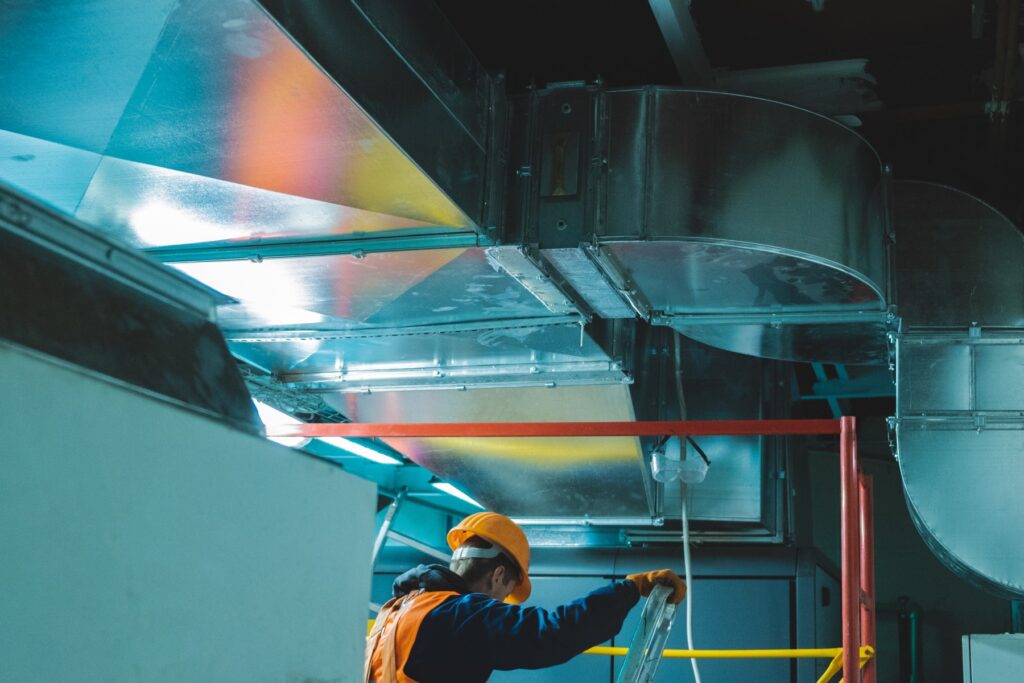
Air, among the most basic of human needs, has moved from an afterthought to the forefront in the minds of employees and landlords alike as companies begin their slow march back into the workplace. Both groups are increasingly focused on the performance of HVAC systems and, more specifically, the ability to maintain acceptable levels of air quality throughout the indoor building envelope.
“Many studies link air quality to productivity, decision-making and absenteeism,” said Sara Neff, Senior Vice President of Los Angeles-based Kilroy Realty. Neff discussed the trend during a recent Realcomm webinar covering healthy and safe re-occupancy guidelines for the workplace.
“The results indicate that employees act sluggish, make bad decisions, have health issues and miss work more often when working in buildings with poor air quality and tend to be more energetic and make better decisions when the air quality remains at acceptable levels,” Neff said.
One indicator of air quality is the measurement of carbon dioxide parts per million. A “good office” achieves 550 parts and below, while a “bad office” measures 2000 parts.
“People cannot see or feel carbon dioxide but poor air quality has a significantly negative impact on health and productivity,” Neff added. “Landlords need to set the expectation that air quality has a quantifiable return on investment and plays an important role in the overall mission to encourage employee wellness. It is easy for companies to suggest taking the stairs and riding bikes to work, but they need to take the more vital step of monitoring and assuring quality air in the workplace.”
Martin Knott, President of Knott Mechanical, explains that the real estate industry is entering “the age of indoor air quality.” He believes that every HVAC system in every building throughout the country will need to be improved to satisfy new requirements and benchmarks.
“Our industry is taking a hard look at more effective and efficient filters, removing contaminants through the use of ultraviolet rays and monitoring various air levels in the building including humidity and carbon dioxide,” Knott said. “Many people don’t realize that airplanes completely change the air in its cabins every two to three minutes. That same frequency is coming to commercial office buildings in the near future. Constantly importing outdoor air into interior spaces is another important consideration, however too much can be a problem, so it needs to be carefully monitored.”
This spring, the Centers for Disease Control and Prevention (CDC), with input from the American Society of Heating, Refrigerating and Air-Conditioning Engineers (ASHRAE), created guidelines to help improve the interior air quality in buildings which included recommendations to lengthen the hours of operation of HVAC systems during off-peak hours, improve the efficiency of filters and add ionization systems that attract floating contaminants that can later be removed.